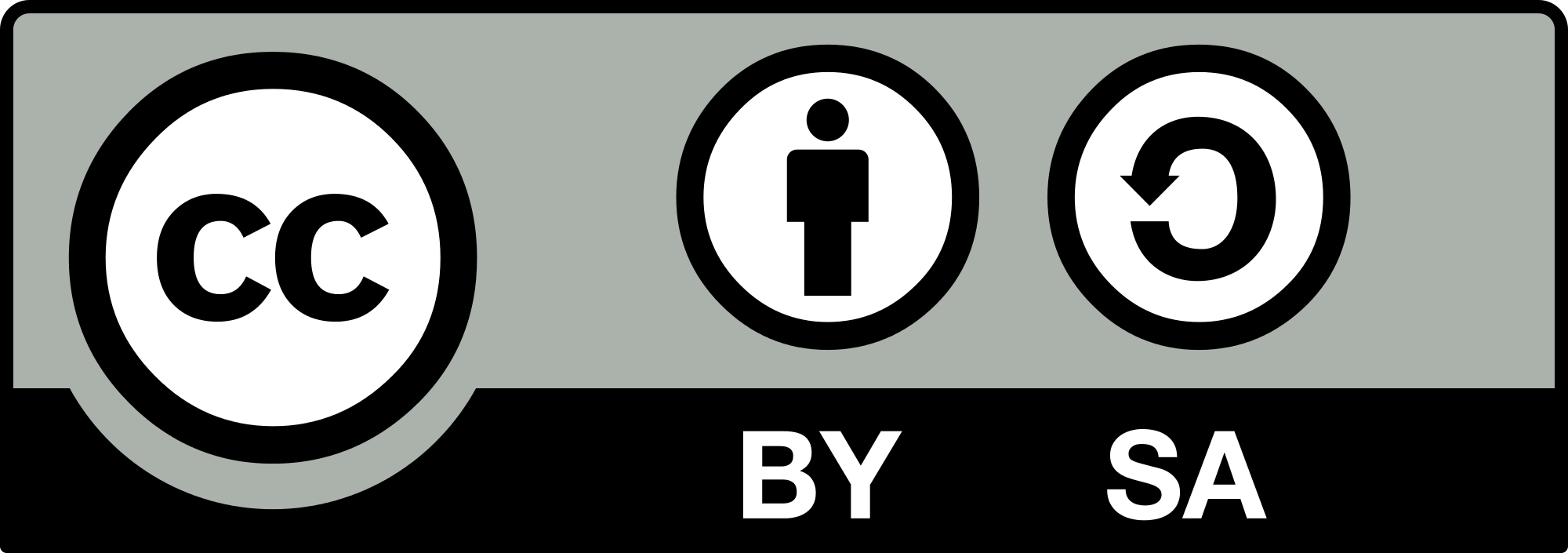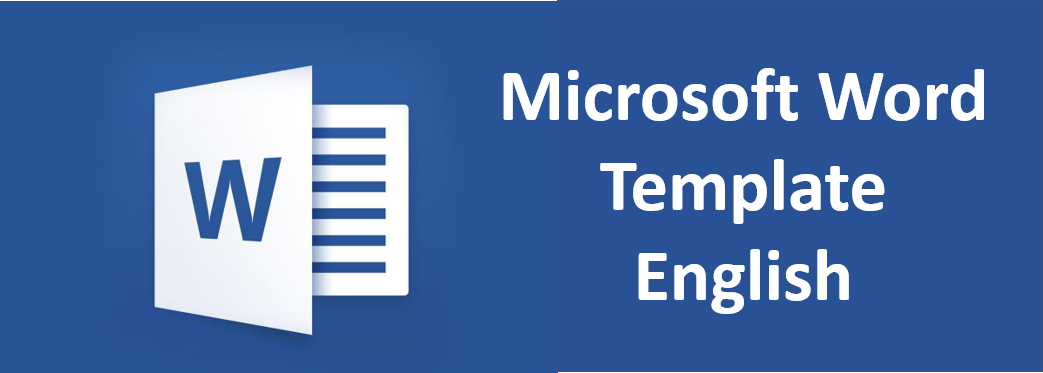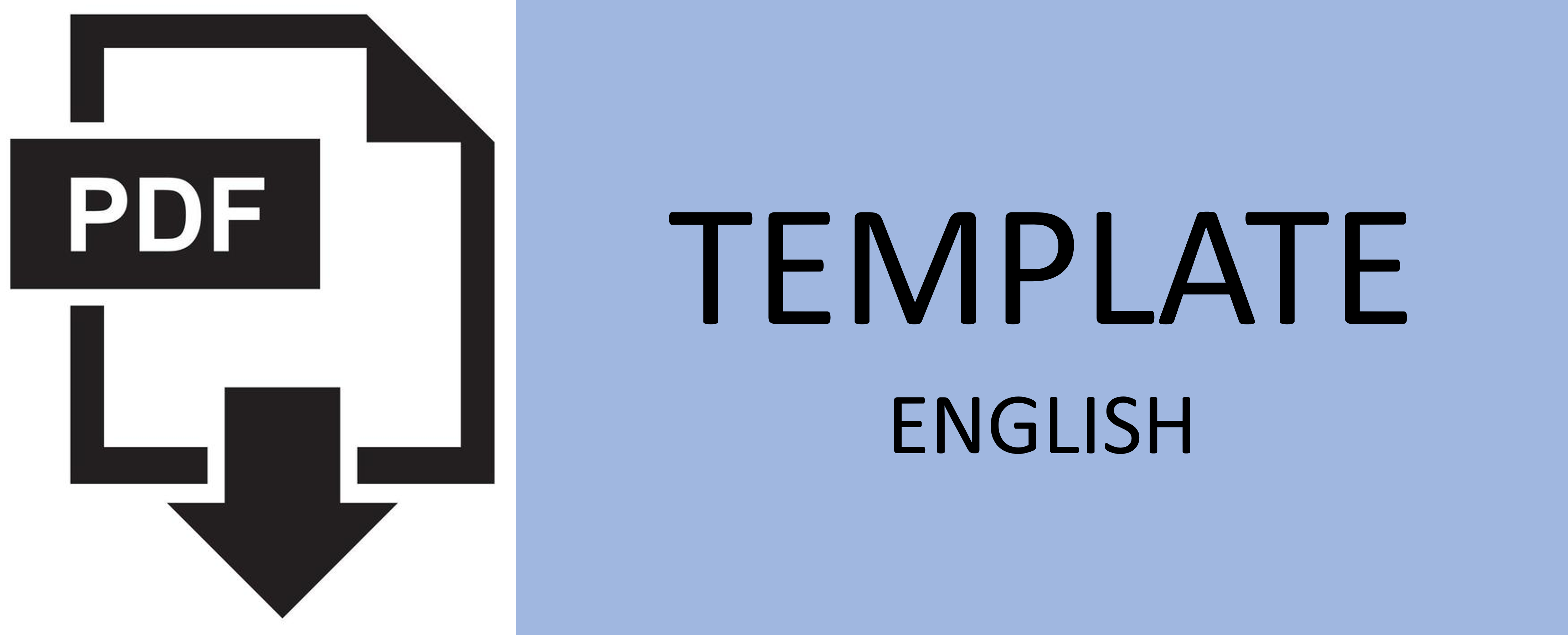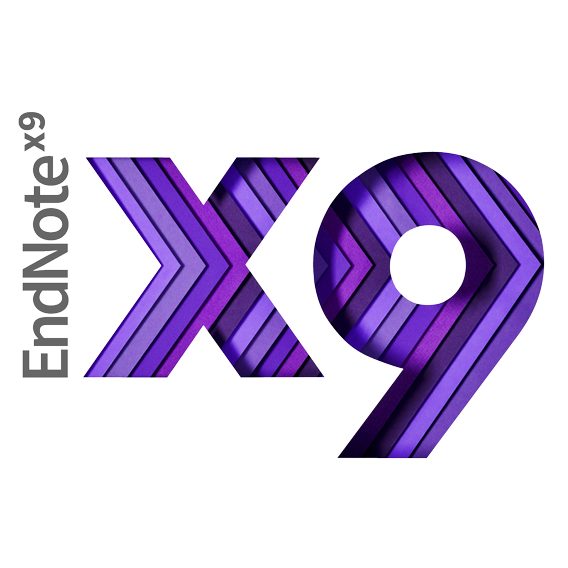APPLICATION OF DIGITAL IMAGE CORRELATION TO CAPTURE THE CRACK MOUTH OPENING DISPLACEMENT OF THE NOTCHED STEEL FIBER REINFORCED CONCRETE (SFRC) BEAM
Abstract
Full Text:
PDFReferences
Chu, T., W. Ranson, and M.A. Sutton, Applications of digital-image-correlation techniques to experimental mechanics. Experimental mechanics, 1985. 25(3): p. 232-244.
Hung, P.-C. and A. Voloshin, In-plane strain measurement by digital image correlation. Journal of the Brazilian Society of Mechanical Sciences and Engineering, 2003. 25: p. 215-221.
Périé, J.-N., et al., Analysis of a multiaxial test on a C/C composite by using digital image correlation and a damage model. Experimental Mechanics, 2002. 42(3): p. 318-328.
Wattrisse, B., et al., Analysis of strain localization during tensile tests by digital image correlation. Experimental Mechanics, 2001. 41(1): p. 29-39.
Berthaud, Y., et al., Experiment/computation interactions by using digital image correlation, in Interferometry in Speckle Light. 2000, Springer. p. 59-66.
Nguyen, D.-L., et al., Direct tensile self-sensing and fracture energy of steel-fiber-reinforced concretes. Composites Part B: Engineering, 2020. 183: p. 107714.
Maksum, M., et al. Effect of steel fiber volume fraction to the tensile splitting strength of concrete cylinder. in IOP Conference Series: Materials Science and Engineering. 2020. IOP Publishing.
Hudson, T., Magic Lantern for 650D / Rebel T4i. 2018, Magic Lantern Development Team.
Turner, D., Digital Image Correlation Engine (DICe) Reference Manual, Sandia Report, SAND2015-10606 O. 2015, Copyright 2015 National Technology & Engineering Solutions of Sandia, LLC (NTESS).
Nasional, B.S., Tata cara pembuatan rencana campuran beton normal. SK SNI, 2000. 3: p. 2834-2000.
Teychenné, D.C., et al., Design of normal concrete mixes. 1975: HM Stationery Office.
544, A.C. Guide for Specifying, Proportioning, and Production of Fiber-reinforced Concrete. 2008. American Concrete Institute.
JCI-S-002-2003. Method of test for load-displacement curve of fiber reinforced concrete by use of notched beam. 2003. Japan Concrete Institute Standard.
Ahrens, J., et al., 36-ParaView: An End-User Tool for Large-Data Visualization. The Visualization Handbook, 2005: p. 717.
Ayachit, U., The paraview guide: a parallel visualization application. 2015.
DOI: http://dx.doi.org/10.12962%2Fj20861206.v37i2.14046
Refbacks
- There are currently no refbacks.

Journal of Civil Engineering is licensed under a Creative Commons Attribution-ShareAlike 4.0 International License.







.jpg)